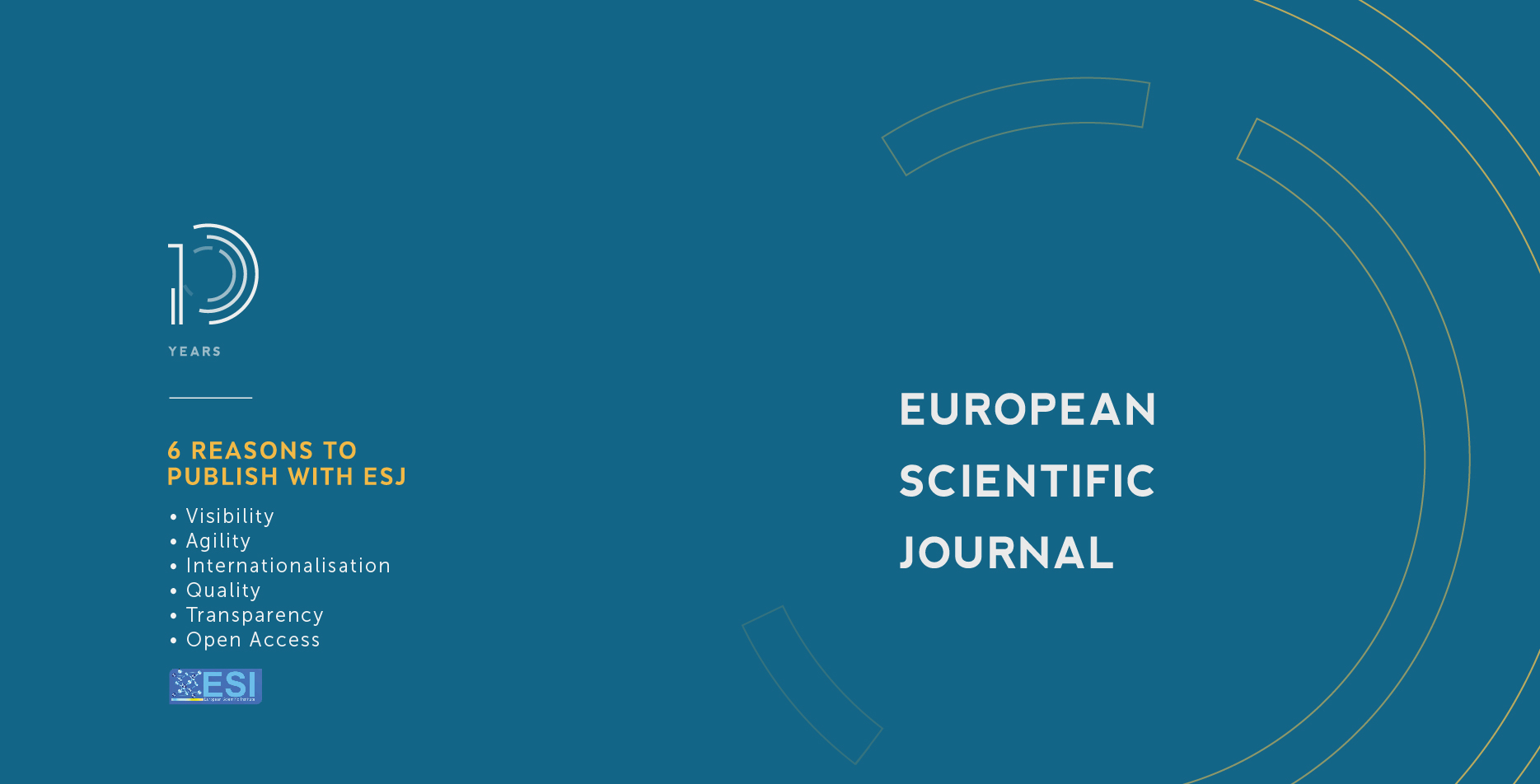Analyse spatiale et épidémiologie pour l'aide à la décision dans la lutte contre le Covid-19 en Côte d’Ivoire
Abstract
Face à la forte mobilisation de toutes les couches de la société, la prise en compte de la dimension spatiale dans l’étude épidémiologique de la Covid19, une maladie due à un coronavirus dénommé SARS-COV 2, pour une prise de décision efficace, n’est pas assez mise en avant. Elle constitue tout l’intérêt de notre étude dont l’objectif est d’abord d’évaluer la situation sanitaire et épidémique actuelle en Côte d’Ivoire avant de comprendre la dynamique spatiale de transmission du virus pouvant expliquer la propagation et/ou la persistance de la maladie, ensuite de déterminer les besoins et les actions à mettre en œuvre pour aider à la prise de décision dans le cadre de la surveillance épidémiologique de la Covid-19. Cet article en utilisant les Outils tels les Système d’Information Géographique (SIG), rend compte de l’importance de l’espace dans la structuration des phénomènes de contagionsdiffusion des maladies telles que la covid-19. La recherche documentaire, l’observation directe et l’exécution d’entretien avec les spécialistes de santé publique ont été les principales techniques de collecte de l’information. Les données concernant cette maladie montrent que la situation est en phase de plateau évoluant en dent de scie avec un taux de positivité de 7,76% au 20 février 2021. L’épicentre de la maladie en Côte d’Ivoire est la zone du grand Abidjan avec un nombre plus élevé de personnes infectées dans le district de Cocody-Bingerville. La combinaison de l’analyse spatiale et de l’épidémiologie permettra aux décideurs de relever le défi de la lutte contre la Covid-19.
In view of the strong mobilisation of all sectors of society, the spatial dimension of the epidemiological study of Covid-19, a disease caused by a coronavirus called SARS-COV 2, has not been sufficiently taken into account for effective decision-making. This is the interest of our study, the objective of which is first to assess the current health and epidemic situation in Côte d'Ivoire, then to understand the spatial dynamics of transmission of the virus, which may explain the spread and/or persistence of the disease, and then to determine the needs and actions to be implemented to assist decision-making in the context of epidemiological surveillance of Covid-19. This article, using tools such as Geographic Information Sysrtem (GIS), shows the importance of space in structuring the contagion-diffusion phenomena of diseases such as Covid-19. Documentary research, direct observation and interviews with public health specialists were the main techniques used to collect information. The data on this disease show that the situation is in a plateau phase evolving in a sawtooth fashion with a positivity rate of 7.76% as of 20 February 2021. The epicentre of the disease in Côte d'Ivoire is the greater Abidjan area with a higher number of infected people in the Cocody-Bingerville district. The combination of spatial analysis and epidemiology will enable decision-makers to meet the challenge of controlling Covid-19.
Downloads
Metrics
PlumX Statistics
Copyright (c) 2021 Cataud Marius Guede, Bouadi Arnaud Ferrand Koffi, Gué Pierre Guele

This work is licensed under a Creative Commons Attribution-NonCommercial-NoDerivatives 4.0 International License.








